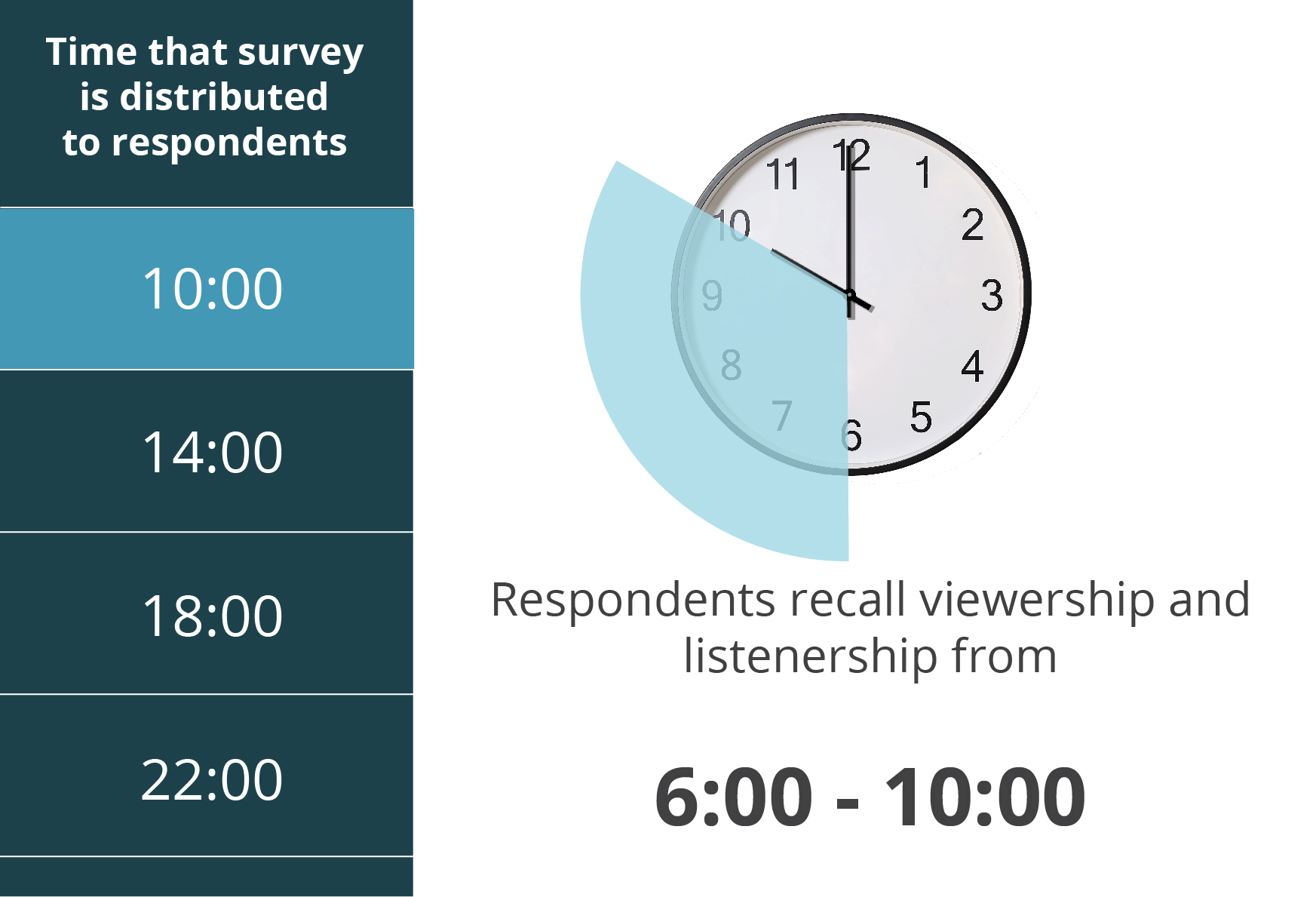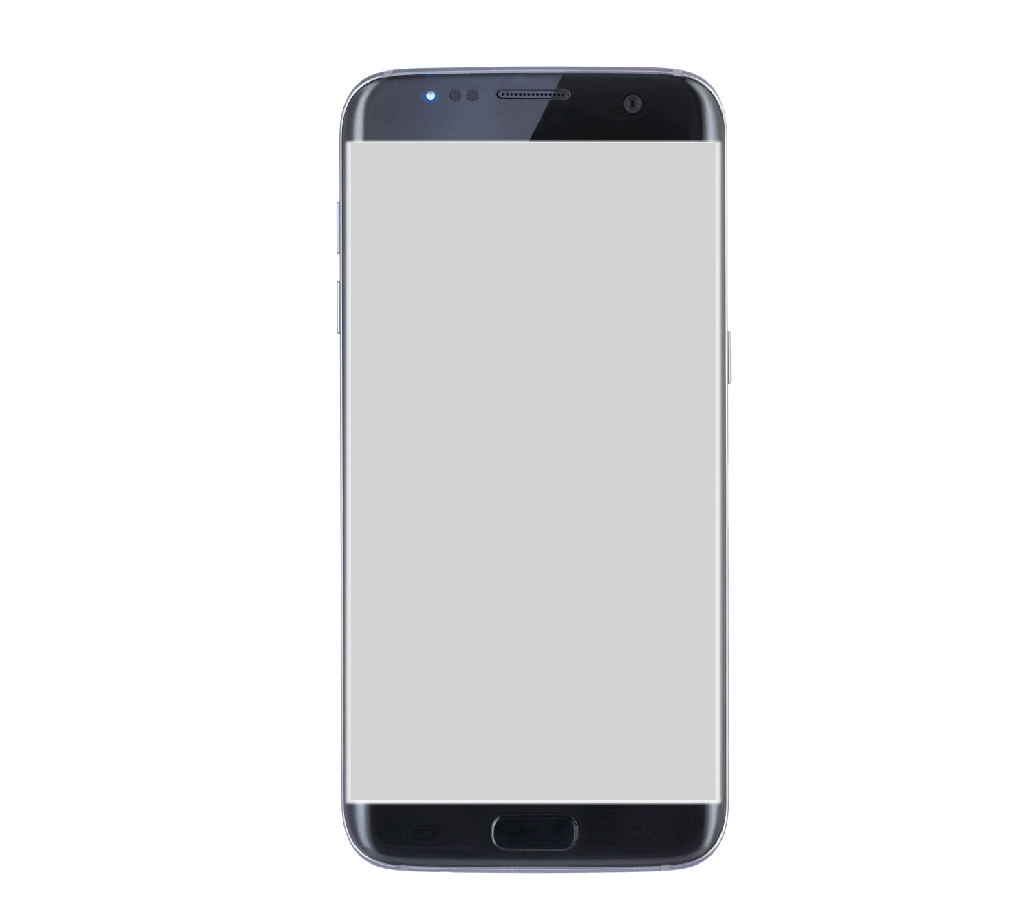GeoPoll Audience Measurement utilizes a continuous panel, running multiple times per day, 365 days a year, to gather data on media consumption for broadcasters, brands, media houses, and more. Two unique aspects of the research methodology are 4-hour recall and time block increments, which we will explain in this post.
4-Hour Audience Measurement Recall Methodology
Traditional diary methodologies for audience measurement require respondents to fill out paper forms over week-long periods. Results are compiled and may not be released for a month or more after data collection. GeoPoll Audience Measurement’s methodology is superior because GeoPoll uses a diary method that collects data through surveys run by SMS and mobile application multiple times a day. These surveys focus solely on media consumption in the 4 hours preceding the survey, a concept we call 4-hour recall. Conducting multiple surveys per day using 4-hour recall is a crucial methodology because the resulting data contains highly accurate accounts of media consumption by respondents.
How it works
 GeoPoll’s media measurement respondents are randomly assigned to one of four different survey dispatch times each day (10:00, 14:00, 18:00, 22:00). During a respondent’s survey time, the participant is asked about their activities in the preceding four hours—and those four hours only.
GeoPoll’s media measurement respondents are randomly assigned to one of four different survey dispatch times each day (10:00, 14:00, 18:00, 22:00). During a respondent’s survey time, the participant is asked about their activities in the preceding four hours—and those four hours only.
Survey questions begin general and increase in specificity throughout the questionnaire. As an example, an opening question in a questionnaire could ask, “Did you watch any TV between 10:00-14:00? 1) yes 2) no [Reply with 1 or 2].” If the respondent had consumed media in that timeframe, the questionnaire would continue and ask more specific questions like, “Which station did you watch for the longest period of time from 10:00-11:00?” The survey questions then progress in granularity until viewership has been calculated for each of the eight 30-minute increments of time (4-hours) that the survey is intended to inquire about.

GeoPoll’s Time Blocks for Audience Measurement Data
GeoPoll Audience Measurement uses what we call “time blocks” to determine what media was consumed at what time and to communicate those findings with our clients. Time blocks are a crucial aspect of GeoPoll Audience Measurement’s value because the data shows highly granular views of media consumption.
For example, a media buyer looking for ad placements can use GeoPoll Audience Measurement data to match specific television shows with spikes in viewership on a particular station. This helps the media buyer better understand the content that the audience engages with and the ideal 30-minute block of time to purchase an ad spot. Similarly, a broadcaster can use GeoPoll Audience Measurement data to determine pricing for ad spots based on peak and lull viewership times, which can help ensure no revenue potential is lost.

Time block methodology details
For television, thirty-two 30-minute time blocks cover the time period from 06:00 to 22:00. For radio, eight two-hour time blocks cover the same window in most countries, yet radio can have smaller time blocks in select countries.
Takeaways: GeoPoll’s Audience Measurement Methodology
GeoPoll Audience Measurement’s methodology is superior to other diary methods because it provides more accurate and granular data. Survey respondents are only ever tasked with thinking back 4 hours prior to the survey, and media consumption data reflect viewership and listenership for every 30-minute period of time.
For more detail on GeoPoll Audience Measurement’s unique methodology, download the methodology report here or contact us directly today.



